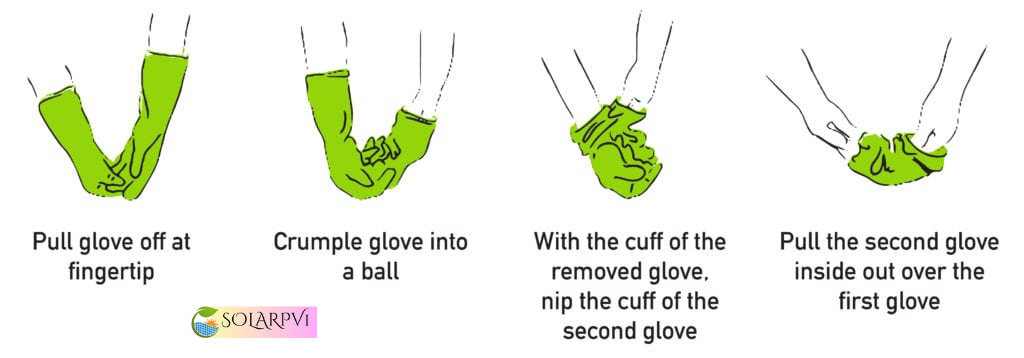HT/LT Handglowes inspection checklist
When inspecting hand gloves for electrical work, you should check for damage, leaks, and other defects.
Check for damage
- Look for holes, tears, punctures, cracks, or other cuts
- Check for swelling, softening, hardening, or becoming sticky or inelastic
- Check for embedded foreign objects
- Check for ozone cutting, which is a series of cracks caused by ozone on rubber
- Check for chemical contamination, especially from petroleum products
Check for leaks
- Perform an air leakage test by listening or feeling for pinhole leaks
- Roll up the sleeve and squeeze the inflated glove to test for leaks
Check for other defects
- Check that the gloves are free of foreign substances like oil, grease, or dirty
- Check that the leather protectors are free of holes, tears, punctures, popped seams, oil, or embedded metal When to stop using Stop using the gloves if they become damaged or dirty Turn in gloves for inspection, cleaning, and electrical testing if they are suspect of any physical damage
| SL No- | |||
| Class – | |||
| Date of inspection:- | |||
| Frequency -Monthly | |||
| SL
NO |
DESCRIPTION | CONDITION | REMARK |
|
1 |
Year of manufacturing |
||
|
2 |
Abrasion |
||
|
3 |
Blade cut |
||
|
4 |
Tear |
||
|
5 |
Puncture |
||
|
6 |
Moisture attack |
||
|
Inspected by engineer: |
|||
|
Verify by site In charge: |
|||
Want the above-mentioned file in a Word document click the download button to download the file and edit your company name and logo. Support our site

